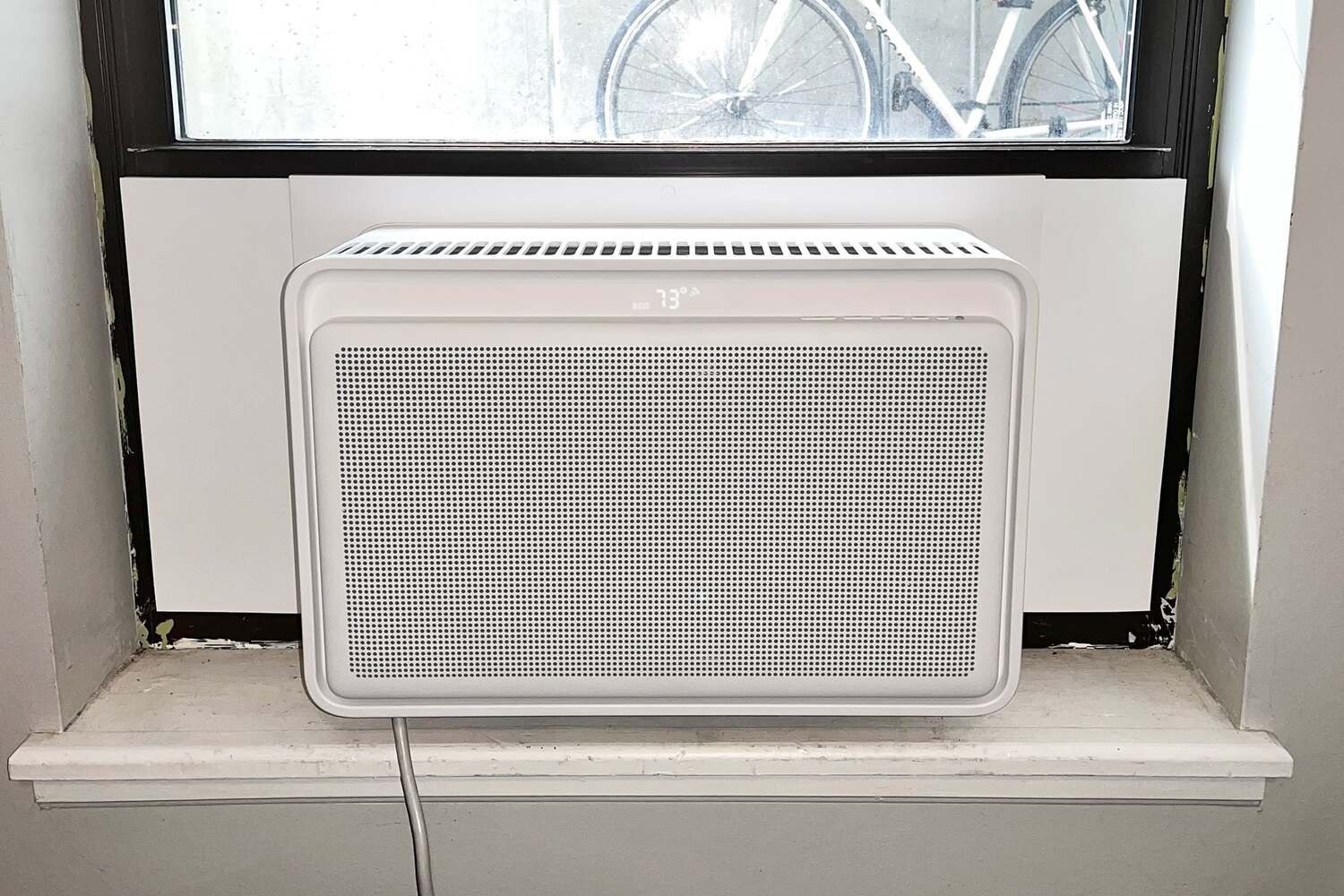

Articles
How To Store Ac Unit
Modified: January 6, 2024
Learn how to properly store your AC unit during the off-season with our helpful articles. Find expert tips and step-by-step guides for safe and efficient AC storage.
(Many of the links in this article redirect to a specific reviewed product. Your purchase of these products through affiliate links helps to generate commission for Storables.com, at no extra cost. Learn more)
Introduction
Welcome to the comprehensive guide on how to store an AC unit. Whether you’re preparing for the winter months or simply need to store your AC unit temporarily, proper storage is essential to ensure its longevity and optimal performance. By following the steps outlined in this article, you’ll be equipped with the knowledge to effectively and safely store your AC unit.
Before we dive into the specifics, it’s important to note that AC unit storage requires careful consideration and adherence to safety precautions. Not only will this protect the unit itself, but it will also ensure the safety of those handling the equipment.
With that said, let’s get started on learning the proper steps to store an AC unit to maintain its efficiency and functionality.
Key Takeaways:
- Properly storing your AC unit is crucial for its longevity and optimal performance. Follow safety precautions, choose a suitable storage location, and maintain the unit to ensure it’s ready for reinstallation.
- Regular monitoring and checking of your AC unit during storage will help address potential issues promptly, ensuring its continued safety and functionality. Prepare for reinstallation by cleaning, inspecting, and testing the unit for efficient operation.
Read more: How Much Is An AC Recharge
Safety Precautions
Before you begin the process of storing your AC unit, it’s crucial to take certain safety precautions to prevent accidents and damage. Here are some important safety guidelines to keep in mind:
- Turn off the power: Before handling your AC unit, make sure to turn off the power supply. This will prevent any potential electrical hazards while you’re working on the unit.
- Wear protective gear: When handling the AC unit, wear gloves and safety goggles to protect yourself from sharp edges, debris, and any potential contact with refrigerant.
- Have a partner: If possible, seek assistance from another person while moving or lifting the AC unit. This will help avoid strain or injury.
- Follow manufacturer’s instructions: Consult the owner’s manual or contact the manufacturer to understand any specific safety precautions or guidelines for your particular AC unit model.
- Properly dispose of refrigerant: If you need to drain the refrigerant from your AC unit, ensure that it is done by a licensed professional in accordance with legal and environmental regulations.
- Secure loose parts: Before storing the AC unit, secure any loose parts, such as screws or panels, to prevent them from being misplaced or causing damage during transportation or storage.
- Use proper lifting techniques: When lifting the AC unit, remember to bend your knees and lift with your legs to avoid straining your back.
- Keep children and pets away: Ensure that children and pets stay clear of the area where the AC unit is being stored to prevent any accidents or injuries.
By following these safety precautions, you can ensure a safe and smooth process while storing your AC unit.
Choosing a Suitable Storage Location
When it comes to storing your AC unit, selecting the right storage location is essential to protect it from potential damage. Here are some factors to consider when choosing a suitable storage location:
- Indoor vs. outdoor storage: Whenever possible, it is recommended to store the AC unit indoors to shield it from extreme weather conditions, such as heavy rain, snow, or direct sunlight. If indoor storage is not feasible, consider using a weatherproof cover or tarp to protect the unit if storing it outdoors.
- Adequate space: Ensure that you have enough space to store the AC unit without any obstructions. This will allow for easy access and prevent any potential damage to the unit while moving it in or out of storage.
- Proper ventilation: Choose a storage area that offers adequate ventilation to prevent the buildup of moisture or condensation, which can lead to mold or rust formation on the AC unit.
- Temperature control: If possible, opt for a storage location that maintains a stable temperature. Extreme temperature changes can affect the components of the AC unit and reduce its overall lifespan.
- Security: Consider the security of the storage area. If storing the AC unit in a shared space or facility, ensure that it is properly locked and monitored to prevent theft or vandalism.
- Accessibility: Choose a storage location that allows for easy access in case you need to retrieve or inspect the AC unit during the storage period.
- Cleanliness: Before storing the AC unit, clean the storage area to remove any dust, dirt, or debris that could potentially enter and damage the unit.
- Elevation: Avoid storing the AC unit directly on the ground to prevent moisture buildup. Use pallets or elevated platforms to keep the unit off the floor.
By carefully considering these factors, you can select a suitable storage location that will keep your AC unit safe and well-preserved until it’s time for reinstallation.
Cleaning and Maintenance Before Storage
Before storing your AC unit, it is important to properly clean and perform necessary maintenance tasks to ensure its optimal condition during the storage period. Here are some steps to follow:
- Turn off and unplug: Make sure to turn off the AC unit and unplug it from the power source before starting the cleaning process.
- Clean the exterior: Use a soft cloth or sponge dampened with mild soap and water to clean the exterior of the AC unit. Gently wipe away any dirt, dust, or debris that has accumulated. Be careful not to use abrasive cleaners or chemical solvents, as they can damage the unit’s surface.
- Remove and clean filters: Locate the filters on the AC unit and remove them according to the manufacturer’s instructions. Depending on the type of filter, you can either wash them with mild soap and water or replace them with new ones. Ensure that the filters are completely dry before storing them separately (covered in the next section).
- Clean the condenser coils: The condenser coils are responsible for releasing heat from the AC unit. Use a soft brush or vacuum cleaner with a brush attachment to carefully remove any dirt or debris that may have accumulated on the coils. This will help maintain proper airflow and prevent efficiency issues.
- Check for leaks: Inspect the AC unit for any signs of leaks, such as wet spots or corrosion. If you notice any leaks, it is important to have them repaired by a professional before storing the unit.
- Drain excess water: If your AC unit has a drain pan or a condensate line, ensure that it is properly drained to prevent any water buildup or potential damage during storage.
- Check electrical connections: Examine the electrical connections of the AC unit to ensure that they are intact and free from any damage. If you notice any loose or frayed wires, have them repaired before storing the unit.
- Allow time to dry: Before wrapping and storing the AC unit, ensure that all components, including the interior and filters, are completely dry. Moisture can lead to mold or mildew growth during storage.
By performing these cleaning and maintenance tasks, you can help prolong the lifespan of your AC unit and ensure its optimal performance when it’s time for reinstallation.
Wrapping and Covering the AC Unit
Once you have cleaned and performed all necessary maintenance tasks on your AC unit, it’s time to properly wrap and cover it to protect it during the storage period. Here are the steps to follow:
- Use a breathable cover: Instead of using a plastic cover, opt for a breathable cover made of fabric or a specialized AC unit cover. This will allow air circulation and prevent moisture buildup, which can lead to mold or mildew growth.
- Measure and cut the cover: Measure the dimensions of your AC unit and cut the cover to the appropriate size, ensuring that it fully covers the unit without any excessive fabric.
- Secure the cover: Use bungee cords, ropes, or straps to secure the cover tightly around the AC unit. This will prevent it from being blown off by strong winds or becoming a breeding ground for pests.
- Protect the fan: If your AC unit has an exposed fan, you can place a piece of plywood or a specialized fan cover over it to provide additional protection.
- Avoid using plastic: While it may be tempting to use plastic to cover your AC unit, it can actually trap moisture and cause condensation, leading to potential damage. Stick to breathable materials specifically designed for AC unit covers.
- Check for gaps: After covering the AC unit, inspect it for any gaps or openings where pests or debris could enter. Securely seal any gaps or use weatherstripping to keep the unit tightly covered.
Properly wrapping and covering your AC unit will shield it from dust, debris, and potential damage during the storage period. It will also make the reinstallation process easier when the time comes to use it again.
When storing an AC unit, make sure to clean the filters, coils, and exterior to prevent mold and mildew growth. Store it in a dry, well-ventilated area to avoid moisture buildup. Cover the unit to protect it from dust and debris.
Read more: How To Cool A Room Without AC
Removing and Storing Filters
Filters are an important component of your AC unit, as they help maintain air quality and prevent dust and debris from entering the system. Before storing your AC unit, it’s crucial to remove and properly store the filters. Here’s how to do it:
- Locate the filters: Different AC units have filters located in various places. Consult the owner’s manual or manufacturer’s instructions to find the exact location of your AC unit’s filters.
- Remove the filters: Depending on the type of filter, you may need to slide it out, unlatch a cover, or unscrew it from the unit. Follow the instructions for your specific AC unit model to safely remove the filters.
- Clean the filters: Once the filters are removed, clean them thoroughly according to the manufacturer’s instructions. Some filters can be washed with mild soap and water, while others are disposable and need to be replaced. Allow the filters to dry completely before storing them.
- Label and store: Place the cleaned or new filters in a labeled storage bag or container. This will help you easily identify them when it’s time to reassemble and reinstall your AC unit. Store the filters in a cool, dry place away from direct sunlight and extreme temperatures.
- Replace filters after storage: When you’re ready to reinstall the AC unit, remember to replace the stored filters with the ones you removed. Clean or replace the filters on a regular basis as recommended by the manufacturer to maintain optimal air quality and performance.
By removing and properly storing the filters, you can prolong their lifespan and ensure that your AC unit operates efficiently when it’s time for reinstallation.
Disconnecting and Securing the AC Unit
Before storing your AC unit, it’s important to disconnect it properly and take necessary precautions to ensure it remains secure throughout the storage period. Here’s what you need to do:
- Turn off the power: Make sure the AC unit is turned off and disconnect it from the power source. This will prevent any electrical hazards during the disconnecting process.
- Remove the power cord: Unplug the power cord from the outlet and carefully detach it from the AC unit. Coil and secure the power cord neatly to prevent damage or tangling.
- Disconnect the refrigerant lines: If you have the necessary expertise and equipment, you can disconnect the refrigerant lines from the AC unit. However, it is recommended to consult a professional HVAC technician to ensure the safe and proper disconnection of the refrigerant lines.
- Secure the refrigerant lines: If you are unable to disconnect the refrigerant lines, make sure they are securely fastened to the AC unit to avoid any accidental damage or leaks during storage. Use zip ties or clips to secure and protect the lines.
- Secure the AC unit: To prevent the AC unit from shifting or moving during storage, use straps or bungee cords to secure it to a stable surface. This will help prevent any potential damage to the unit or surrounding objects.
- Protect electrical components: Cover any exposed electrical components, such as wires and terminals, with electrical tape or protective caps to prevent them from getting damaged or exposed to the elements.
- Label and store parts: If you need to remove any panels, screws, or parts from the AC unit, make sure to label and store them safely. This will help ensure that you can easily reassemble the unit when it’s time for reinstallation.
By following these steps, you can disconnect and secure your AC unit properly, minimizing the risk of damage and ensuring a smooth storage period.
Monitoring and Checking During Storage
While your AC unit is in storage, it’s important to periodically monitor and check it to ensure that it remains in good condition. Here are some key steps to take:
- Regular inspections: Set a schedule to inspect the AC unit at least once a month during the storage period. Look for any signs of damage, moisture buildup, or pest infestation.
- Check for leaks: Inspect the area around the AC unit for any signs of refrigerant or water leaks. If you notice any leaks, it is important to have them addressed by a professional HVAC technician.
- Remove debris: Keep the area around the AC unit clear of any debris or obstructions during storage. This will help maintain proper airflow and prevent potential damage to the unit.
- Monitor humidity levels: If possible, use a hygrometer or humidity monitor to keep an eye on the moisture levels in the storage area. Excess humidity can lead to mold or mildew growth and damage the AC unit.
- Ensure proper ventilation: Check that the storage location continues to provide adequate ventilation. Proper airflow is essential to prevent the buildup of moisture and maintain the integrity of the AC unit.
- Address any issues promptly: If you notice any problems or concerns during your inspections, take immediate action to address them. This may involve contacting a professional for repairs or adjustments to prevent further damage.
- Keep records: Maintain a record of the inspections you conduct during the storage period. This will help you keep track of any issues that arise and the steps taken to address them.
By regularly monitoring and checking your AC unit during storage, you can address any potential issues promptly and ensure its continued safety and functionality.
Preparing for Reinstallation
As the storage period comes to an end, it’s time to prepare your AC unit for reinstallation. Proper preparation will ensure a smooth and hassle-free process. Here are the steps to follow:
- Clean the unit: Before reinstalling the AC unit, give it a thorough cleaning to remove any dust or debris that may have accumulated during storage.
- Inspect for damage: Check the AC unit for any signs of damage, such as dents or leaks. If you notice any issues, consult a professional technician to assess and repair the damage before reinstalling.
- Reattach any removed parts: If you had removed any panels, screws, or parts from the AC unit during storage, make sure to reattach them in their proper positions.
- Replace the filters: Retrieve the filters you stored separately and replace them in the AC unit. Ensure that you follow the manufacturer’s instructions for proper installation.
- Check electrical connections: Inspect the electrical connections of the AC unit to ensure they are secure and undamaged. Replace any frayed or damaged wires and double-check that all connections are properly tightened.
- Reconnect refrigerant lines: If you had disconnected the refrigerant lines, consult a professional technician to safely reconnect and recharge the system to ensure proper functioning.
- Remove coverings: Carefully remove the coverings and wrappings from the AC unit, ensuring that no debris or insects have made their way inside.
- Test the unit: Before fully reinstalling the AC unit, turn it on and test its functionality. Ensure that it is cooling and operating as expected.
- Clear the surrounding area: Clear any obstructions or debris from the area where the AC unit will be reinstalled to allow for proper airflow and efficient operation.
- Follow manufacturer’s instructions: Always refer to the manufacturer’s instructions for specific guidelines on reinstallation and any additional steps or precautions to follow for your particular AC unit model.
By following these steps, you can prepare your AC unit for reinstallation, ensuring that it is clean, functional, and ready to provide cool and comfortable air once again.
Read more: How To Test AC Pressure Switch
Conclusion
Properly storing your AC unit is essential for its longevity and optimal performance. By following the steps outlined in this guide, you can ensure that your AC unit remains in good condition during the storage period and is ready for reinstallation when needed. Remember to prioritize safety precautions, choose a suitable storage location, clean and maintain the unit before storage, wrap and cover it appropriately, remove and store filters, disconnect and secure the unit, monitor and check it periodically during storage, and prepare for reinstallation by cleaning, inspecting, and testing the unit.
Regular maintenance and storage practices will help prolong the lifespan of your AC unit and ensure its efficient operation when you need it again. Don’t forget to consult the manufacturer’s instructions for specific guidelines related to your AC unit model, and address any issues promptly to prevent further damage. By taking the time to properly store your AC unit, you can enjoy uninterrupted cool air and peace of mind knowing that your equipment is well-cared for and ready to serve you in the future.
Frequently Asked Questions about How To Store Ac Unit
Was this page helpful?
At Storables.com, we guarantee accurate and reliable information. Our content, validated by Expert Board Contributors, is crafted following stringent Editorial Policies. We're committed to providing you with well-researched, expert-backed insights for all your informational needs.
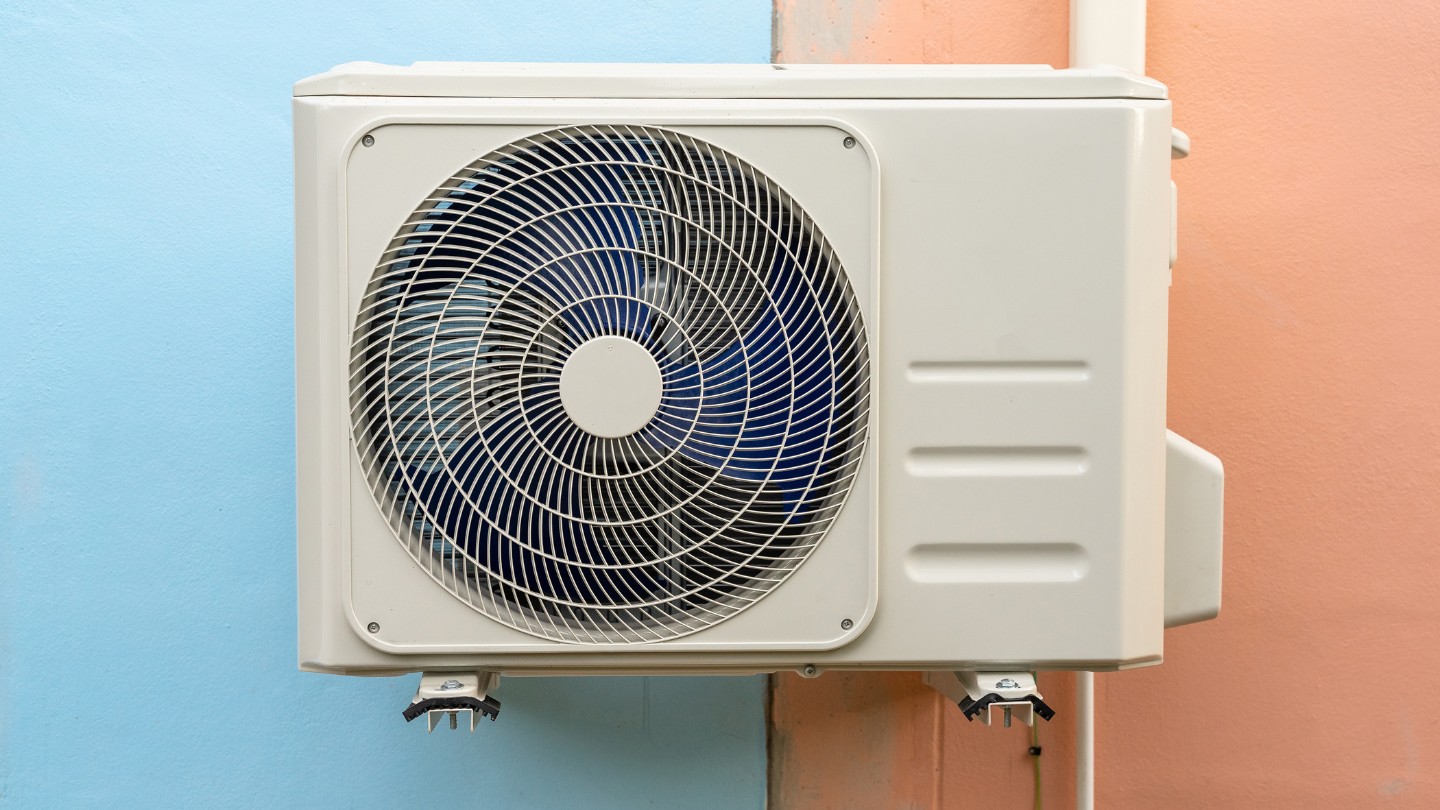
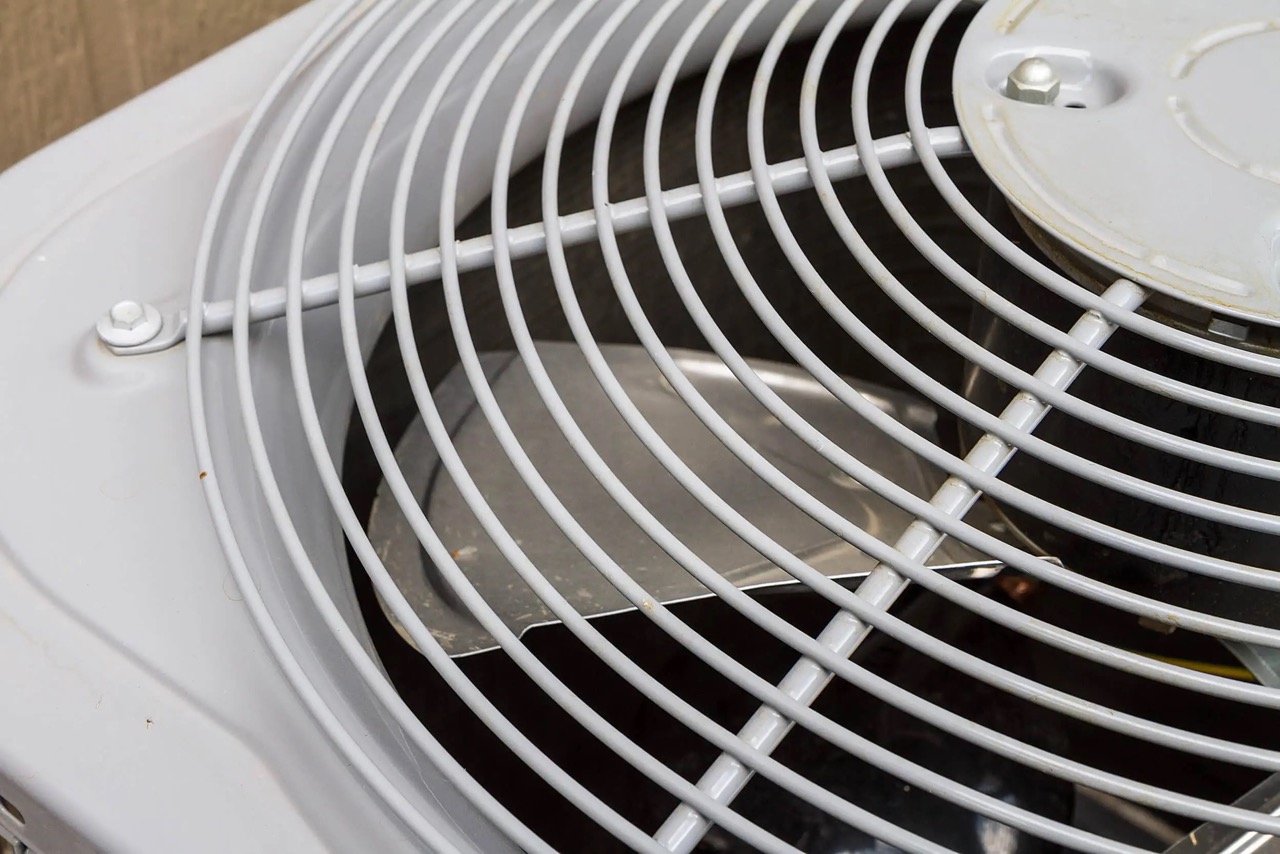
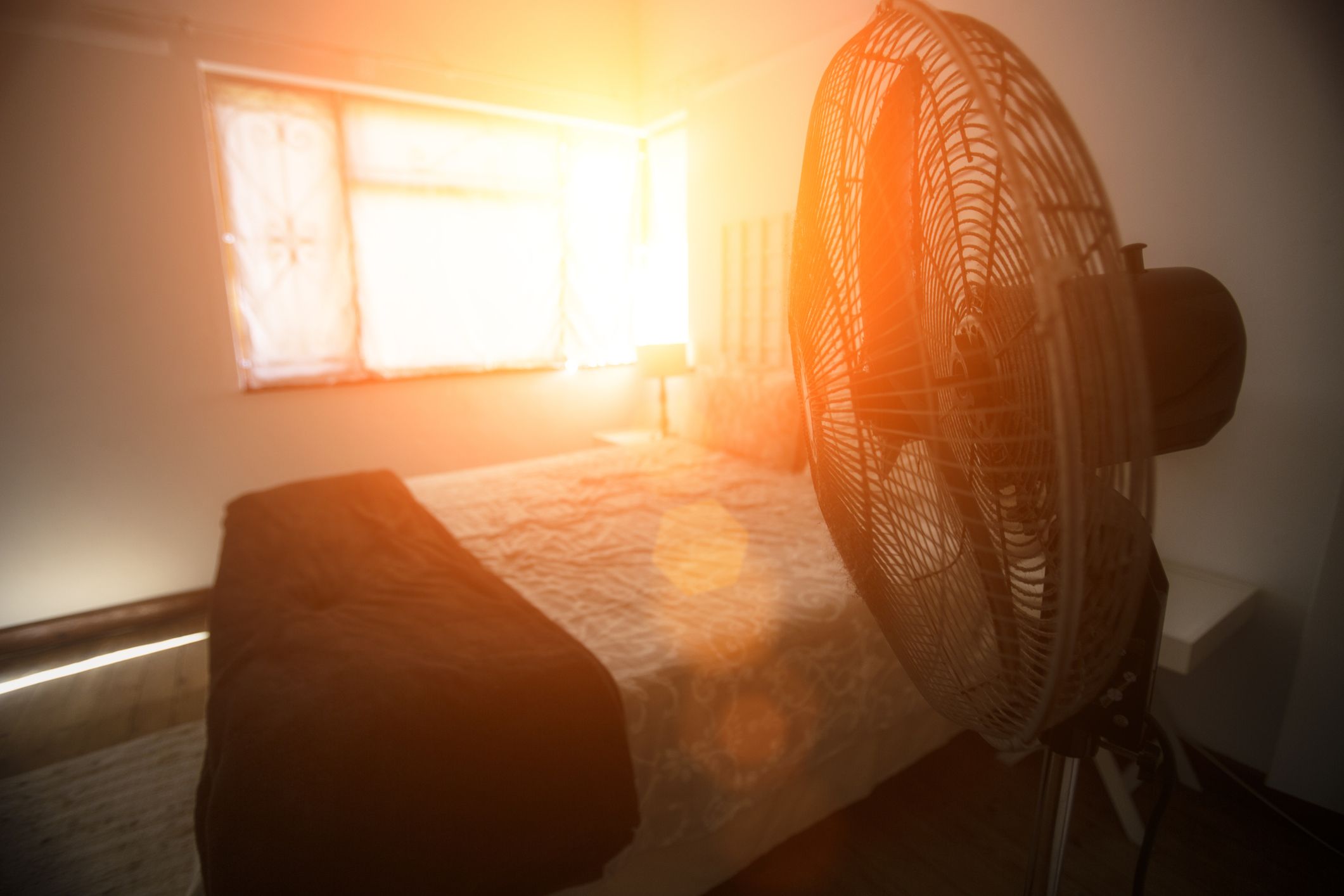
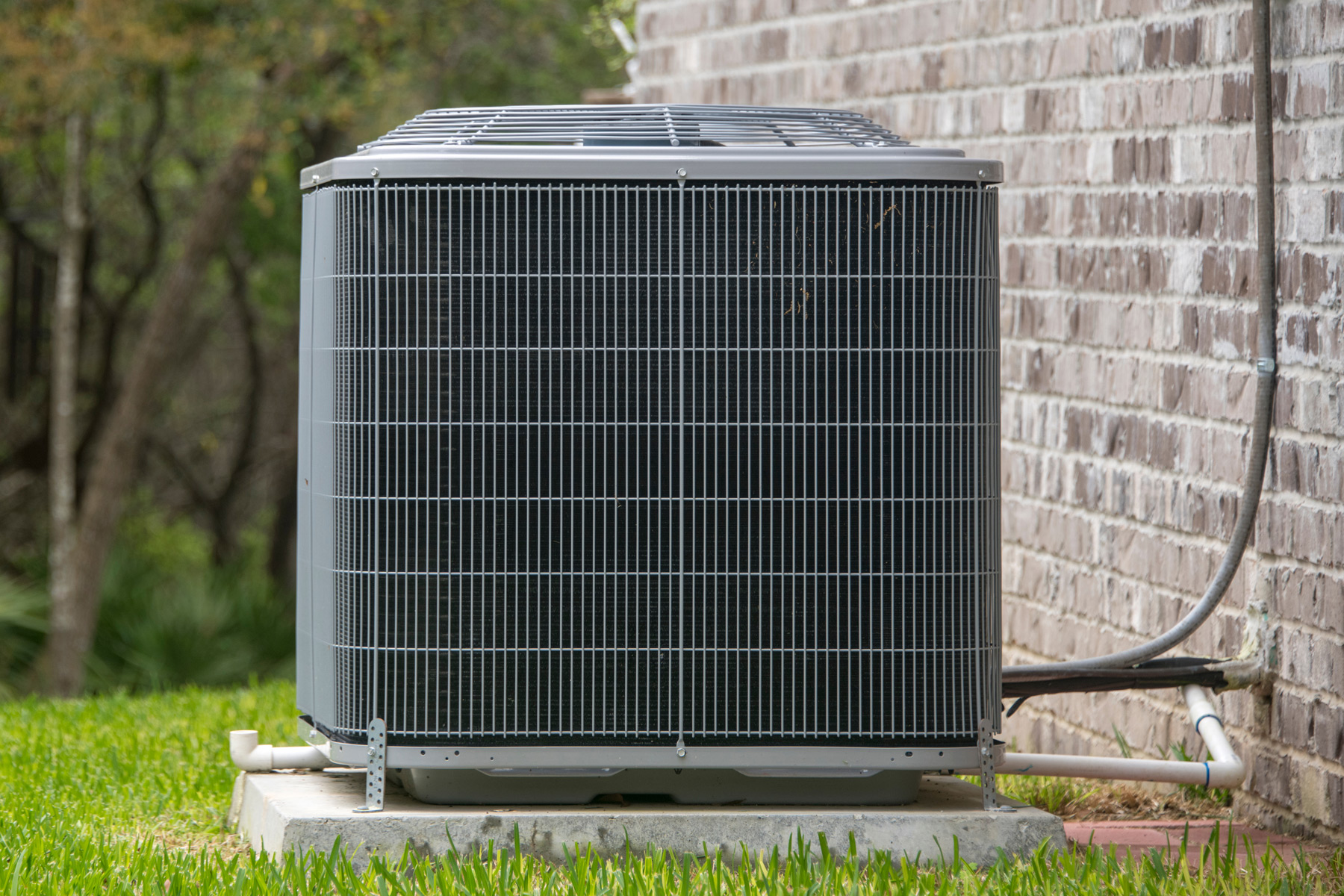
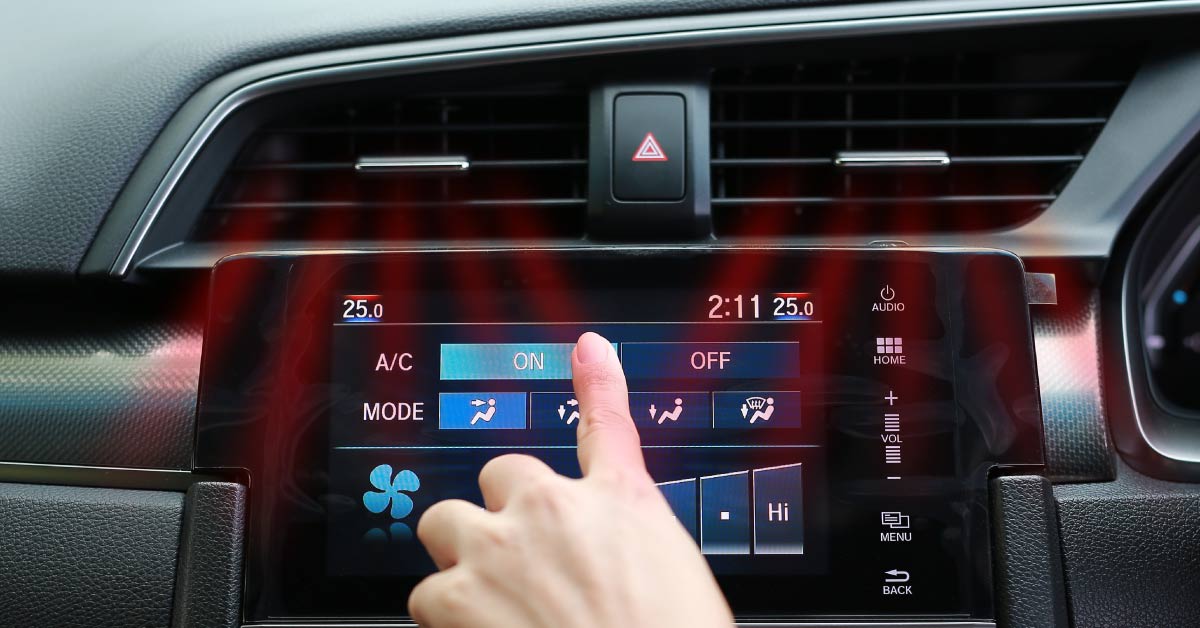
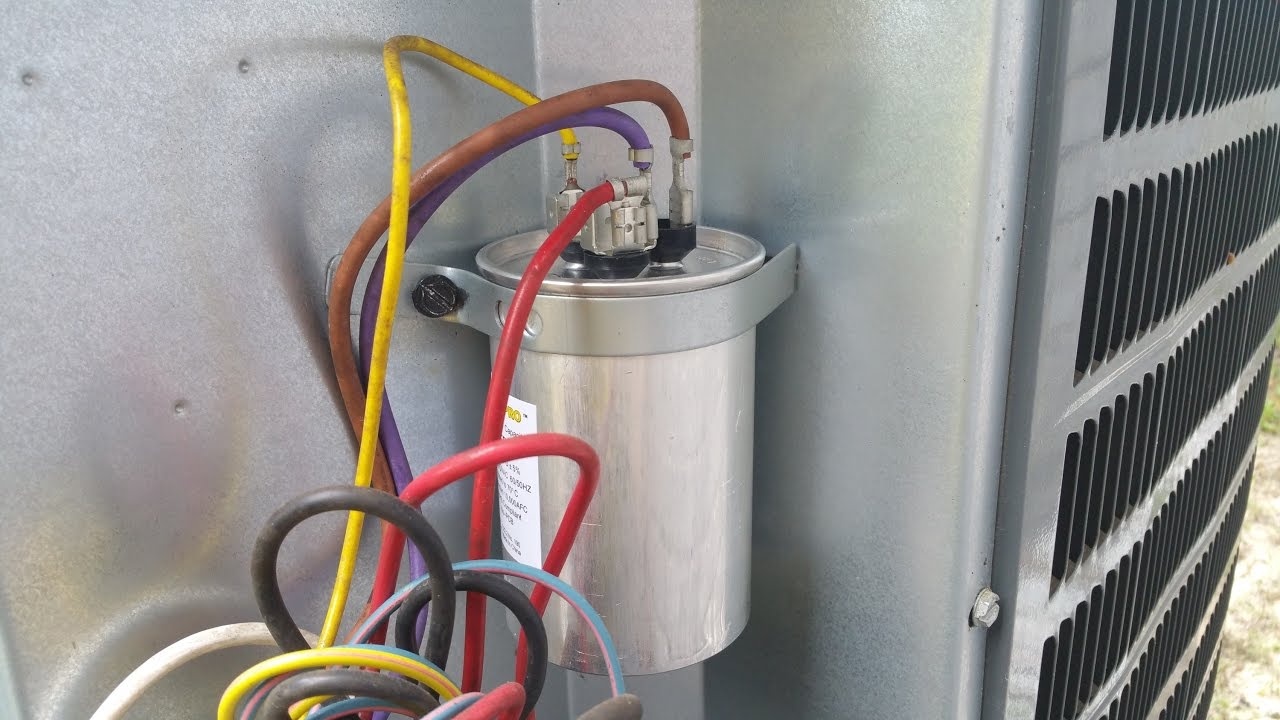
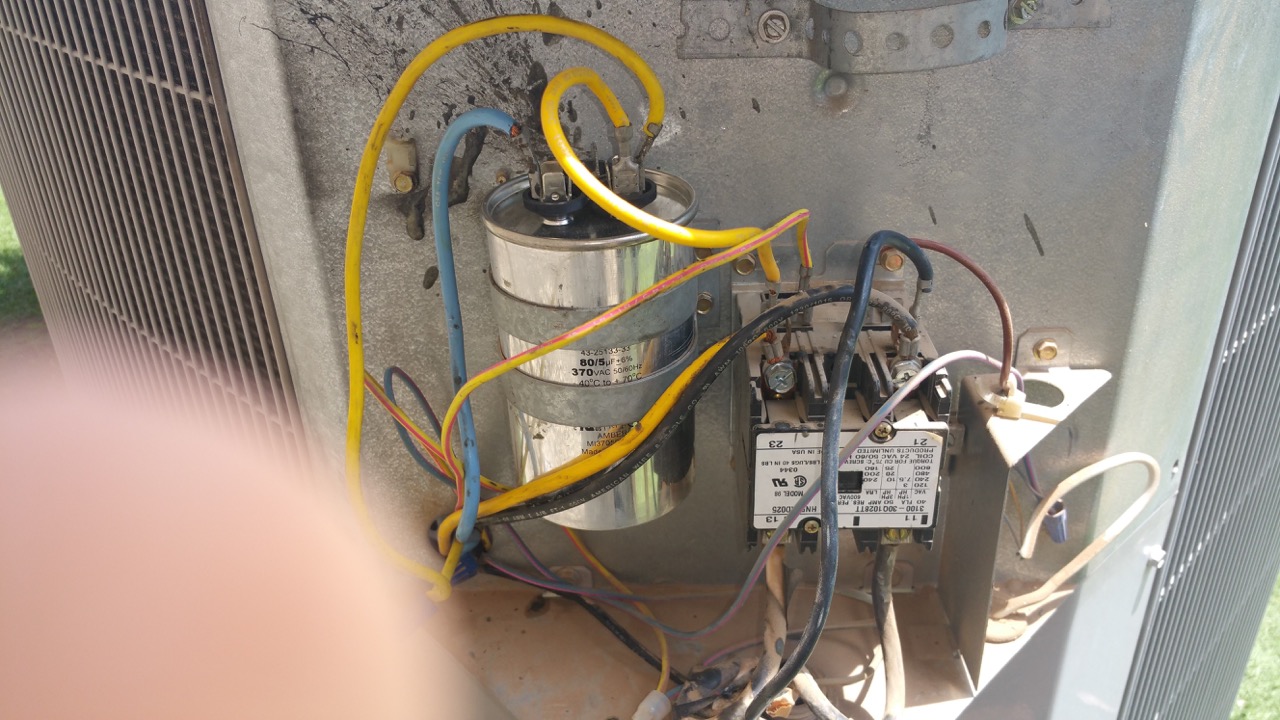
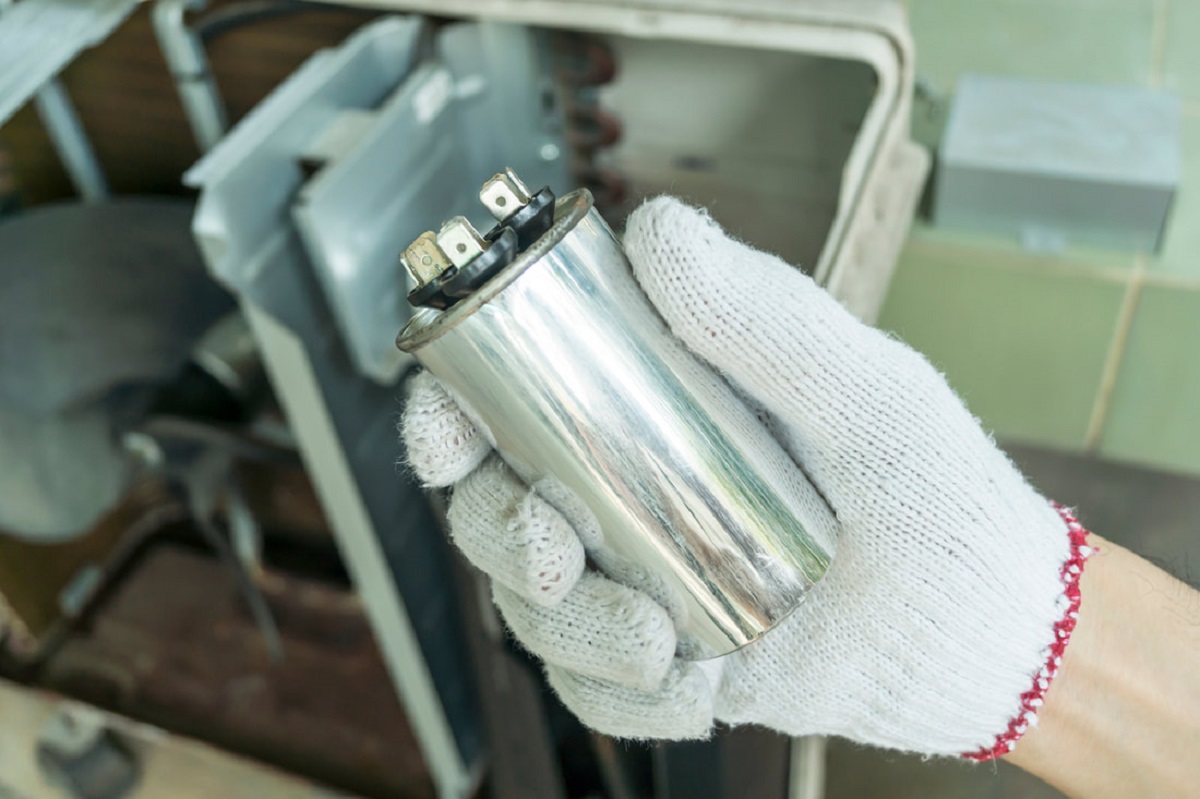
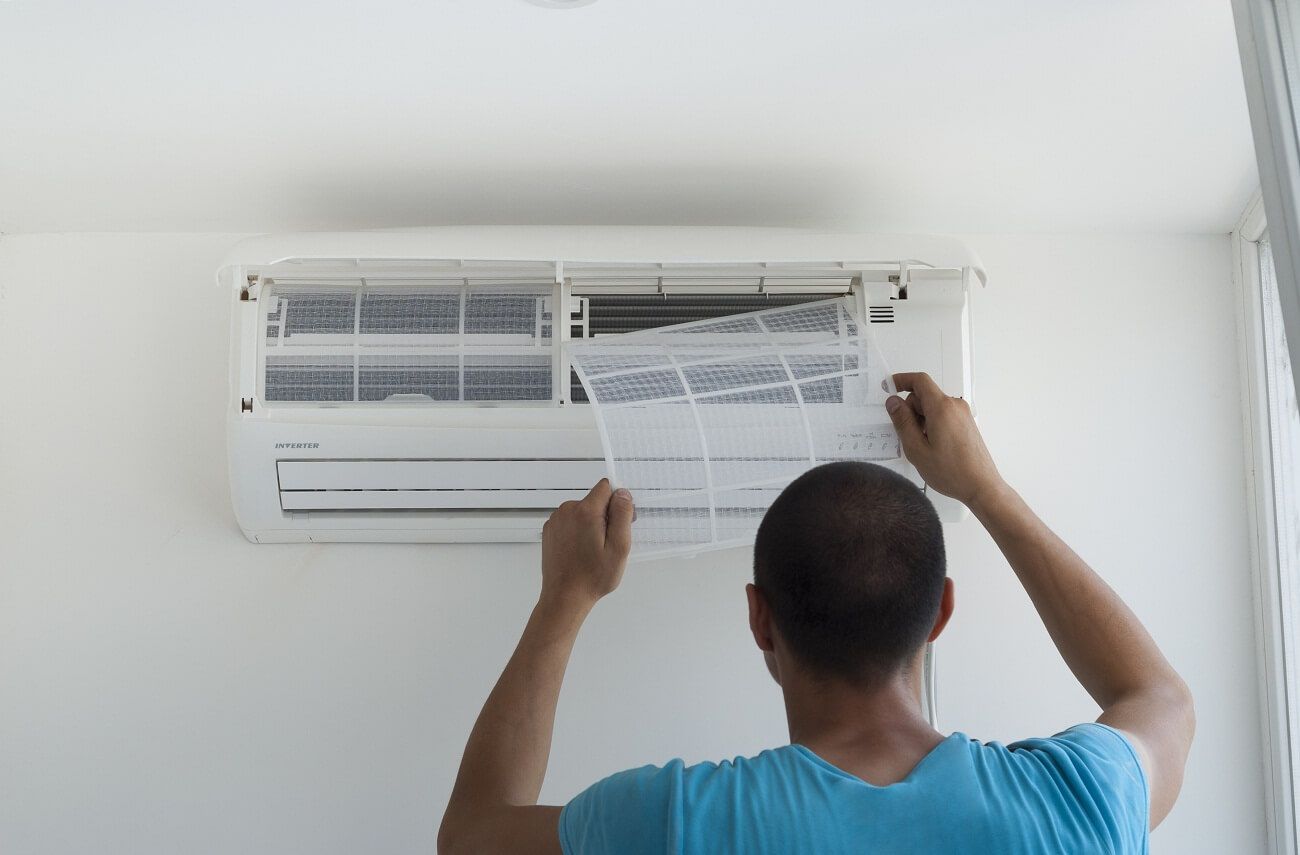
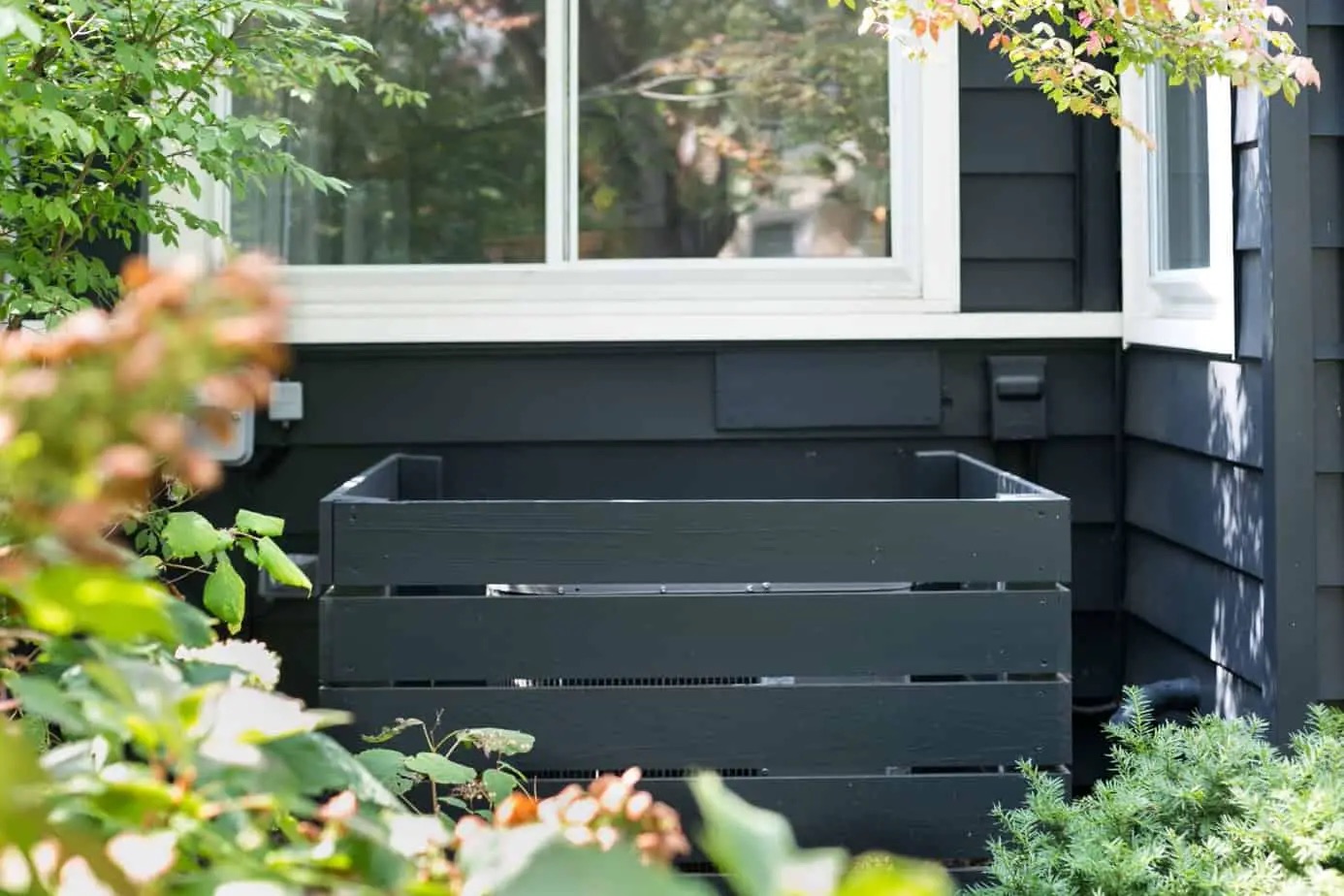
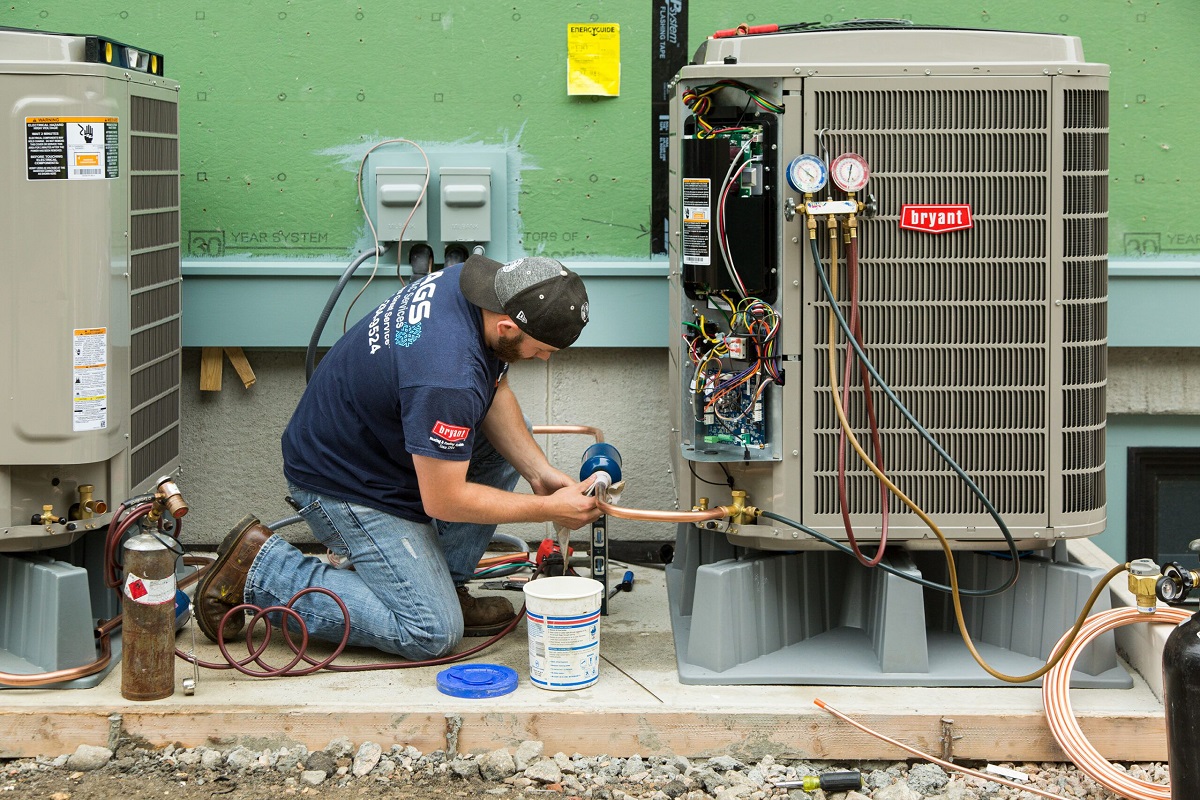
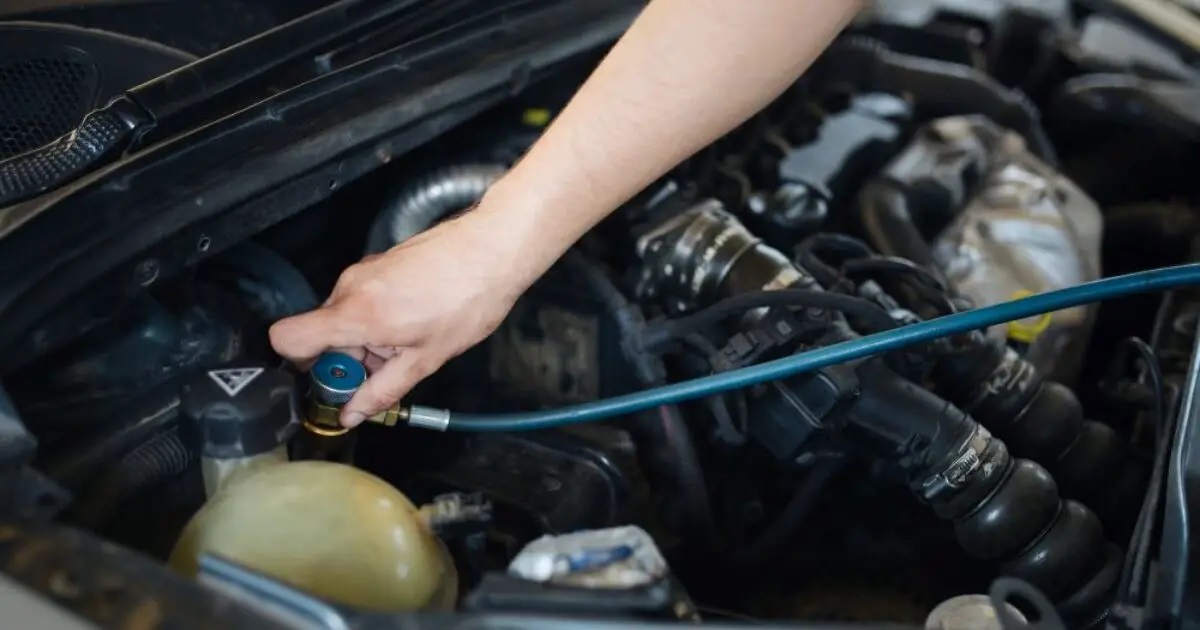
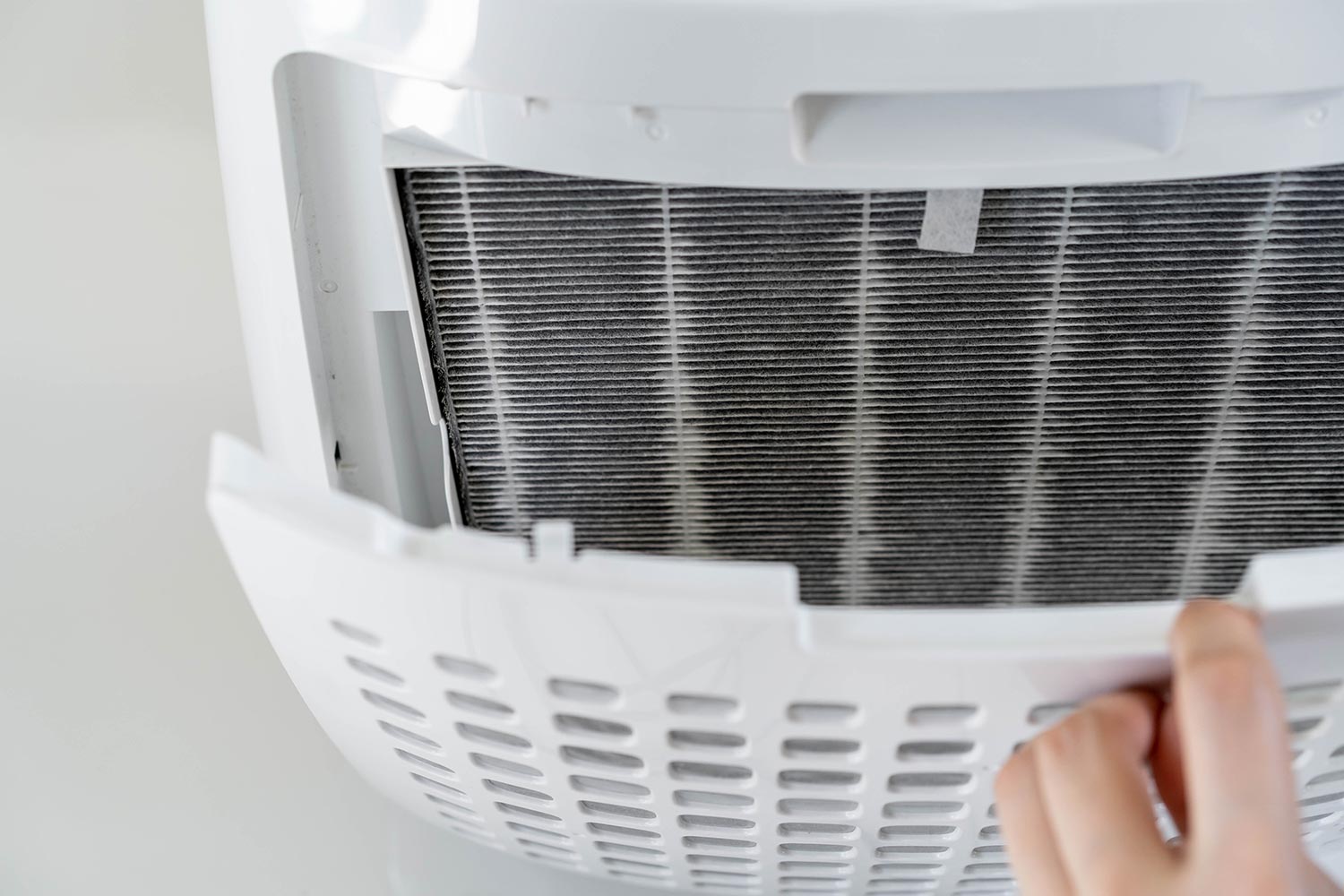

0 thoughts on “How To Store Ac Unit”